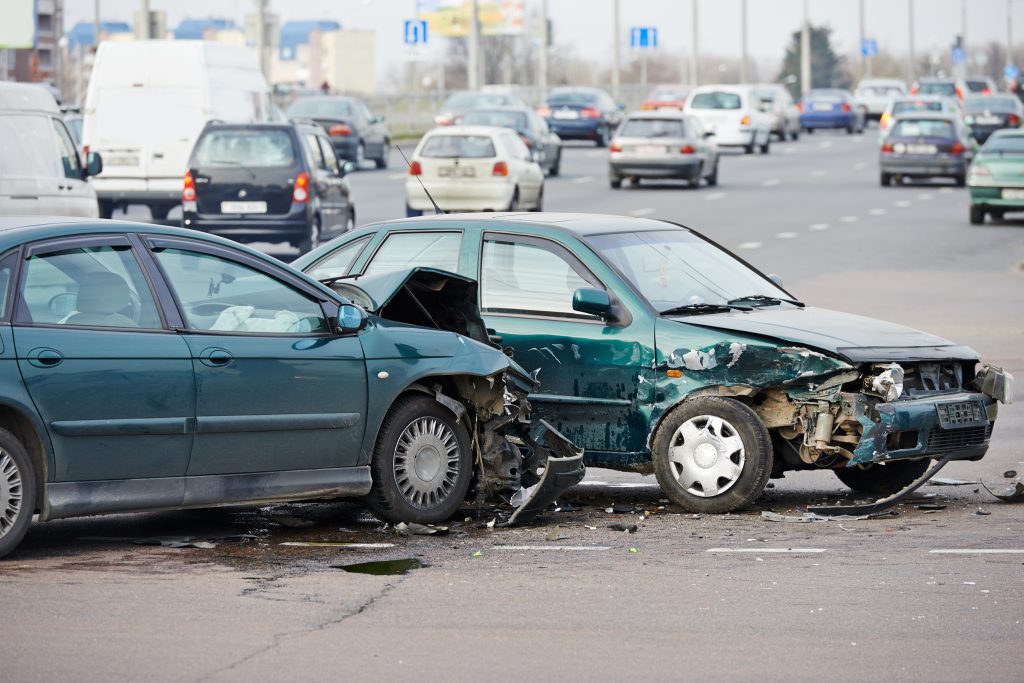Every year, car accidents injure and kill thousands of victims. If you or a loved one gets involved in a car accident in California, you must determine who is at fault before you can file an insurance claim under the state’s fault-based law. Determining fault may take an investigation and assistance from a car accident attorney in Los Angeles.

Document the Scene of the Accident
While you are still pulled over at the scene of your car accident, do your best to document the crash by taking as many photographs and videos as you can. Capturing exactly where the vehicles were before they were moved and getting close-up shots of property damage to each vehicle can help investigators piece together how the crash happened.
A crash reconstruction expert can use images to determine the point of impact and re-create the car accident based on the facts presented. It is also important to speak to witnesses to document your crash. Statements from people who saw the accident take place may have unique information that can help investigators understand the cause of the crash.
Report the Crash to Law Enforcement
Contact the police to report your car accident for assistance in determining fault. The police can give you an accident report that will typically contain a diagram of the crash scene. Your police report may also provide the name of the driver whom the police officers believe is at fault for the accident.
While a police officer’s opinion will not be used as definitive proof of fault, investigators and insurance companies will take this into account when determining who is liable or financially responsible. If the other driver violated a traffic law, for example, such as for reckless driving or driving under the influence, this will be included in the police report.
Understand the Legal Theory of Negligence
Under California’s fault law, a crash victim must prove fault for a motor vehicle accident to qualify for financial compensation from another driver’s car insurance company. In general, fault for a car accident is proven under one of two theories: negligence and negligence per se. Negligence is the failure to act with ordinary or proper care, resulting in harm to others.
Proving negligence requires evidence of four elements:
- Duty of care. All drivers in California have a duty to obey traffic laws and drive safely to prevent accidents.
- Breach of duty. An act or omission that a prudent driver would not have made in the same circumstances, such as speeding or texting while driving.
- Causation. Proof that the driver’s act of negligence was the proximate or actual cause of the car accident.
- Damages. Specific losses suffered by the victim in the car accident, such as physical injuries or property damage.
Negligence per se means an individual’s actions are negligent in and of themselves. In general, this doctrine will apply in a case where someone violates a law or regulation, such as a traffic law in a car accident case. In many insurance claims, proof that one driver violated a traffic law is enough to establish fault.
Contact a Car Accident Attorney
If you file a car insurance claim in California, the insurance company will handle most of the investigative process to determine who is responsible for the crash. The insurer may talk to drivers and witnesses, analyze photographs and video footage, and review the police report and other documents to determine fault.
If you do not agree with an insurance carrier’s determination of fault for your automobile accident, consult with a car accident attorney in Los Angeles for assistance with your claim. A law firm can conduct a comprehensive investigation of your crash, determine fault, and collect evidence to help support your case.